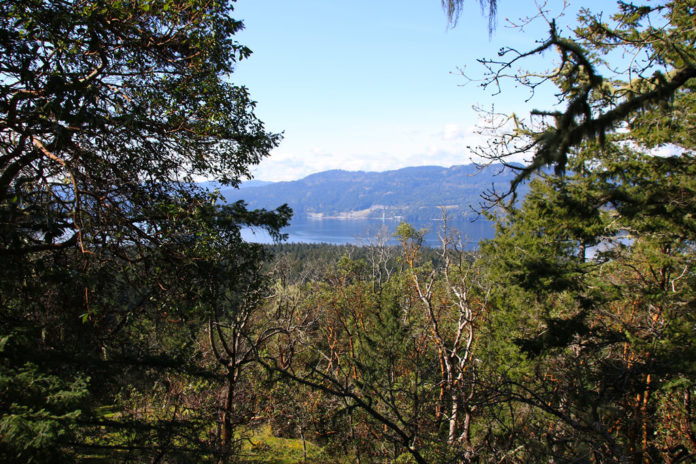A park in North Saanich that has historical and cultural significance for the island’s Indigenous community will be renamed thanks to the efforts of 4th grade students.
John Dean Provincial Park will soon be called ȽÁU,WELṈEW̱/John Dean Provincial Park (pronounced Tlay-will-nook) to which translates to “place of refuge.”
This change was approved on May 16th after a petition by students from ȽÁU,WELṈEW̱ Tribal School who visited the park and were surprised to find it did not bear the name they know it as.
See also:
- New dictionary released to preserve language of Saanich Peninsula First Nations
- Over 120 affordable housing units for Indigenous families to be built in Colwood
- BC government creating new curriculum to bring more Indigenous perspectives to schools
“The letter from students requesting the name change caused me to reflect on what it means to Indigenous youth to see recognition and respect for their traditions, culture, language and the stories they’re told growing up,” stated George Heyman, Minister of Environment and Climate Change Strategy.
“The Indigenous renaming of parks allows our government to take an important step forward in our ongoing reconciliation efforts with Indigenous peoples throughout British Columbia and find meaningful ways to recognize and respect their culture and connection to protected lands.”
Significance to Indigenous culture
The mountain in the park and its surrounding areas feature prominently in First Nations culture and early descriptions of the mountain mention large rings of white stones placed there by the Saanich people.
According to BC Parks, Lau Wel New, as Mount Newton is known to the First Nations of the Saanich Peninsula, was the high point of land that enabled them to survive the Great Flood.
Legend has it that the Saanich ancestors were able to anchor their canoe until the floodwaters subsided using a giant cedar rope. Lau Wel New was the first land available as the floodwaters receded.
The park was later named “John Dean Provincial Park” after pioneer John Dean donated the first 32 hectares of property for the park in 1921, followed by four other settlers who contributed adjoining lands.
Signage to reflect that the park’s name has been changed to acknowledge its prominence in Indigenous culture will be added in the coming year.


